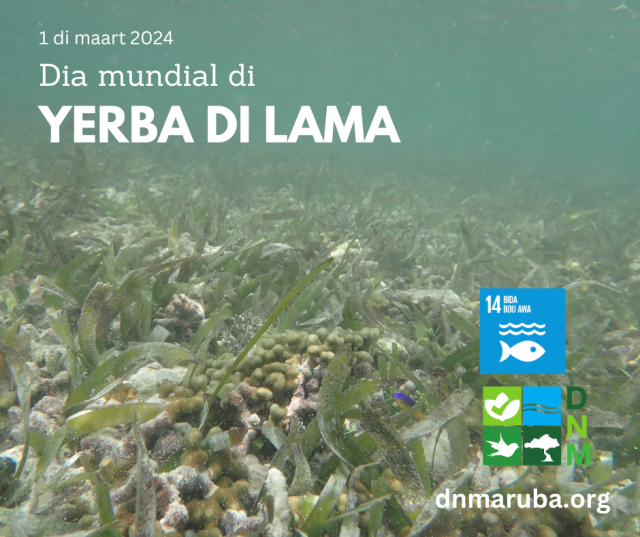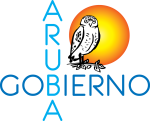World Seagrass Day
ORANJESTAD - On March 1st, we celebrate World Seagrass Day, a day dedicated to raising awareness about the importance of seagrass and the need to conserve it.
Seagrasses are underwater plants that grow in shallow waters along coasts worldwide. They play a crucial role in the health of our oceans and provide various benefits, which is reason enough to preserve them.
Seagrass provides food and shelter to many animals, including fish, crabs, sea turtles, and marine mammals. They serve as nursery grounds where various species go to recover and where small fish and other species can hide to grow. Seagrass contributes to the health of the entire food chain. Seagrass captures carbon and stores this in the soil, helping to reduce the effects of climate change. A hectare of seagrass can hold much more carbon than a forest with large trees. Additionally, seagrass minimizes the force of waves and ocean currents during rough weather, thus protecting coastlines from erosion. They play a significant role in filtering water and reducing the likelihood of polluted water.
Despite their importance, seagrass meadows face the threat of human activities, such as pollution of coastal areas, development in sea areas and along the coast, and climate change. Since 1930, the estimation is that more than 30% of the global seagrass area has disappeared.
World Seagrass Day is an opportunity to raise awareness among people about these threats and take action to protect them.
We can all contribute to the well-being and protection by:
• Learning about seagrass and its importance. Share information with friends, family, and colleagues.
• Supporting organizations dedicated to seagrass conservation. Donate or volunteer with a local or international organization dedicated to seagrass protection or something related to it, such as turtle conservation, for example, TurtugAruba.
• Making sustainable choices. Reduce your waste, use less water, and support businesses committed to environmental protection. Follow examples of sustainable development goals.
• Raising awareness about the dangers of pollution and excessive development along our coastlines. By being aware of the impact of their choices, they can contribute to a better future for the conditions of seagrass meadows and our oceans.
Together, we can ensure that seagrass continues to thrive and provide various benefits for future generations.

